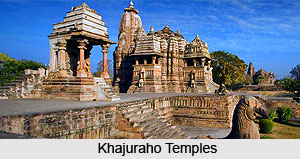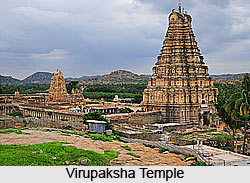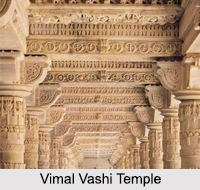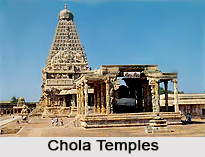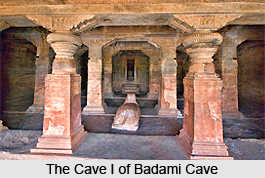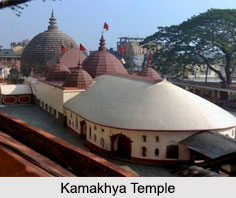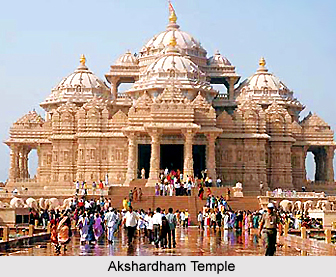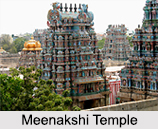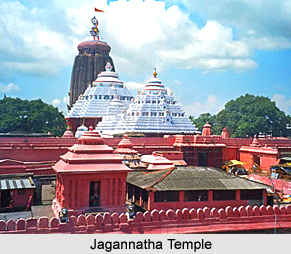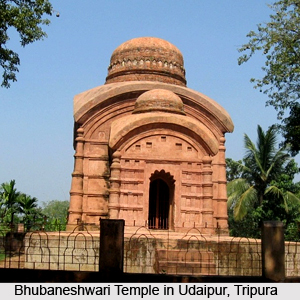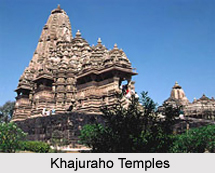Introduction
Durgiana Mandir is one of the well-known hindu shrine
nestled in the Punjab state of India. Built after the design of the Golden
Temple of Amritsar, it is also known by other names like Lakshmi Narayan Temple, Durga Tirath and
Sitla Mandir. It derives its name from the Goddess
Durga, the chief Goddess worshipped here. This temple is
a valued place for the Hindus. Thus, it attracts sages, scholars, historians and
general visitors from all over the world. The temple is situated near the Hathi
gate in Amritsar.
History of Shri Durgiana Temple
It is believed that the original temple was constructed in
the 16th century. It was reconstructed in the year 1921 by Guru Harsai Mal
Kapoor in the architectural style of the Sikh Golden Temple. The newly
constructed temple was inaugurated by Pandit Madan Mohan Malaviya, one of the greatest
reformers and political leaders of resurgent India.
Architecture of Shri Durgiana Temple
The temple is known for its architecture. It is built in the middle of a sacred lake and can be approached via bridge. The temple in no way echoes the traditional temple architecture of India. The temple is built using marble stone. Designed same as the Golden Temple, the Durgiana Temple rises in a similar manner from the midst of a tank and consists of canopies and a central dome. The dome is gilded and is illuminated with colourful lights. The temple features a rich collection of Hindu scriptures. Owing to its large exquisitely designed silver doors, the temple is sometimes called Silver temple. The temple complex also comprises of temples such as Sita Mata and Bara Hanuman. The other deities deified and worshipped here are Goddess Laksmi (goddess of wealth) and Vishnu (the protector of the world).
Within the courtyard of the temple stands a sacred tree where Lava and Kusha once bound Hanuman after capturing the challenge horse of the Ashvamedha Yajna. The land itself has a deep spiritual history, as Ikshvaku, the grandson of the sun god, performed numerous yagyas here. The original temple was built in the 16th century.
The Sri Durgiana Temple, constructed in 1921 by Guru Harsai Mal Kapoor, closely resembling the architectural style of the Sikh Golden Temple, Shri Harmandir Sahib. Harsai Mal Kapoor, a descendant of Prithi Chand and, therefore, Guru Ram Das, played a crucial role in its development. Today, his grandchildren reside in Amritsar, with one serving as a caretaker of his idol.
The
existence of the Talab is documented in the 1868 Municipal Committee records of
Amritsar. Despite Amritsar not being officially designated a holy city, strict
regulations prohibit the sale of tobacco, liquor, and meat within a 200-meter
(660-foot) radius of both the Sri Durgiana Temple and the Shri Harmandir Sahib.
Main Attractions of Shri Durgiana Temple
The temple stands at the center of a sacred lake measuring 160 meters by 130 meters. Its dome and canopies closely resemble those of the Golden Temple, the revered Sikh shrine in Amritsar. A bridge provides access to the temple, enhancing its grandeur.
Extensive
use of marble adds to the temple’s architectural elegance, while its gilded
dome shines brilliantly, often illuminated with colorful lights. The temple is
also known as the "Silver Temple" due to its large, intricately
designed silver doors. Inside, it houses a rich collection of Hindu scriptures, further emphasizing its spiritual and
cultural significance.
Festivals and Events at Shri Durgiana Temple
The Sri Durgiana Temple hosts several major Hindu festivals, including Dussehra, Janmashtami, Rama Navami, and Diwali. Additionally, the temple celebrates the Sawan festival during the holy month of Shravan in the Hindu calendar. During this time, newlywed couples gather to worship Radha Krishna, with women adorning themselves in flower jewelry as they pray alongside their husbands.
Another
significant festival observed within the Durgiana Temple complex is the
renowned 'Langur Mela,' held during the 10 days of Navratri and Dussehra. During this festival, large
numbers of devotees visit the Bada Hanuman Temple, where children dressed as
langurs (monkeys) participate in rituals and offer prayers, adding to the
temple's vibrant festivities.
